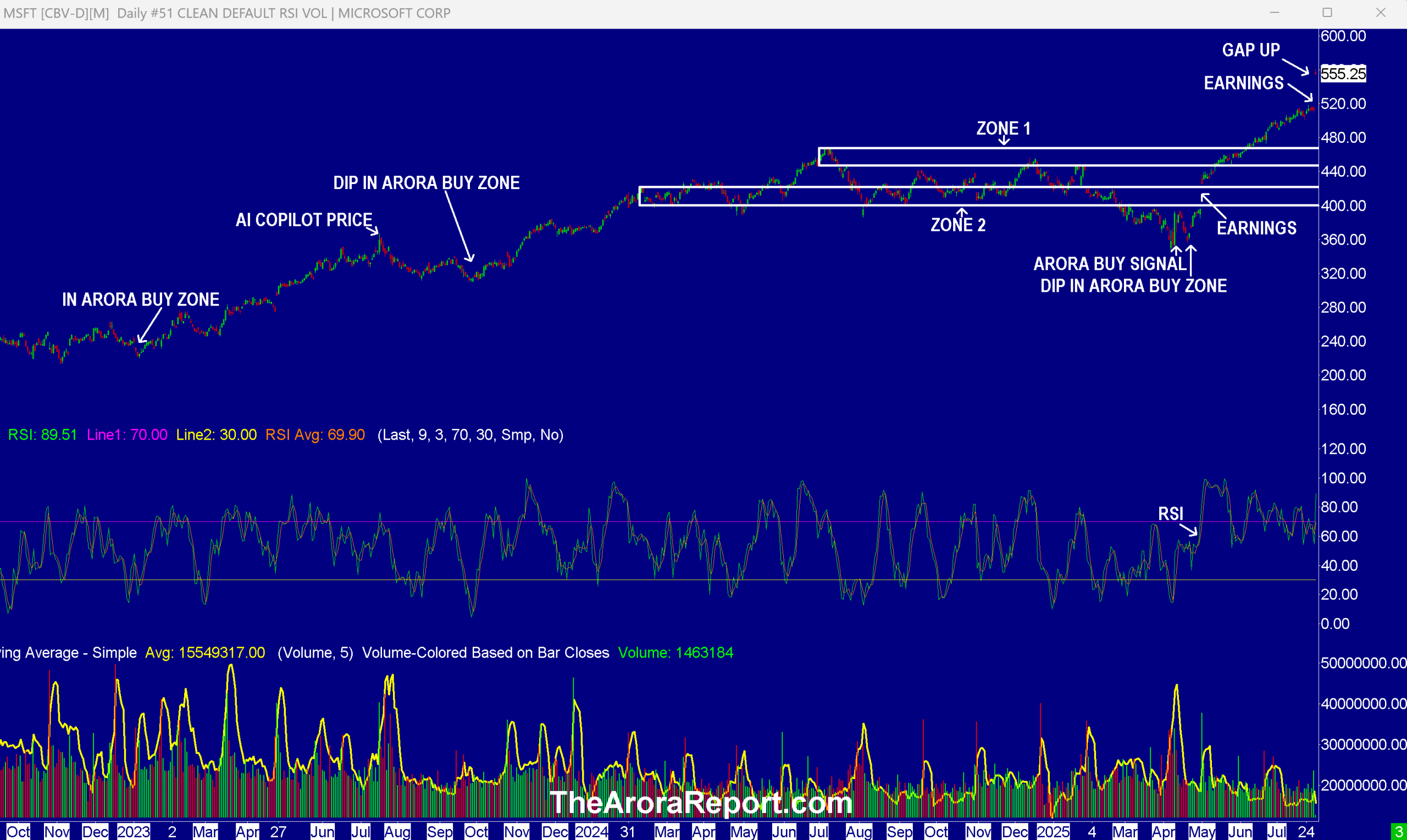Microsoft and Meta’s recent stellar earnings reports have sent ripples through the market, offering crucial insights into the evolving landscape of artificial intelligence investment. These unprecedented financial performances underscore a significant moment for the tech giants, highlighting their robust growth trajectories and the increasing impact of AI on their core strategies and future valuations.
A key takeaway from these earnings is the strategic pivot these companies are making from an “asset-light” operational model to an “asset-heavy” one. This transformation, driven by substantial investments in AI infrastructure and development, fundamentally alters their financial profile, potentially making them more cyclical and sensitive to broader economic fluctuations than in previous periods.
Traditionally, Meta Platforms and Microsoft have allocated roughly 15% to 20% of their revenues to capital expenditures. However, their current trajectory indicates a significant increase, with plans to spend closer to 30%. This escalated investment in data centers, specialized hardware, and advanced computing capabilities is initially beneficial for key semiconductor and component suppliers.
In the short term, this surge in capital expenditure provides a substantial tailwind for companies like Nvidia, AMD, Broadcom, Micron, and Vertiv, as demand for their critical components soars. However, investors must recognize the inherent risk: at some point, this intense spending cycle will inevitably decelerate, potentially exposing positions in these dependent technology stocks to significant downside risk.
Beyond corporate earnings, astute investors are closely monitoring macroeconomic indicators, particularly consumer spending, which forms the bedrock of the U.S. economy. Recent data revealing a pullback in personal spending aligns with broader trends, signaling a cautious consumer environment that could impact overall market sentiment and company performance.
In this dynamic environment, the imperative for investors to master sophisticated strategies such as dynamic hedging and tactical profit-taking becomes paramount. The ability to incrementally secure gains during periods of market strength, while simultaneously implementing protective measures, is crucial for preserving capital and navigating volatility in the AI investing sector.
Effective portfolio management in these times necessitates careful adjustment of hedge levels and the strategic use of partial stop-loss orders for individual stock positions. Furthermore, allowing wider stops for high-beta stocks—those that exhibit greater price volatility than the overall market—can help manage risk while still participating in potential upside.
For those adhering to more traditional asset allocations, such as a 60% stock and 40% bond split, a refined focus on high-quality bonds with shorter durations, typically five years or less, is advisable. More sophisticated investors might consider leveraging bond exchange-traded funds as tactical tools rather than long-term strategic holdings for optimal investment strategy.
Ultimately, maintaining sufficient cash reserves is not merely a defensive posture but a proactive strategy to capitalize on emerging opportunities that arise during market dislocations or unforeseen shifts. Adaptability, informed decision-making, and a prepared investment posture are essential for thriving in the evolving AI investment landscape and overall market analysis.






Leave a Reply